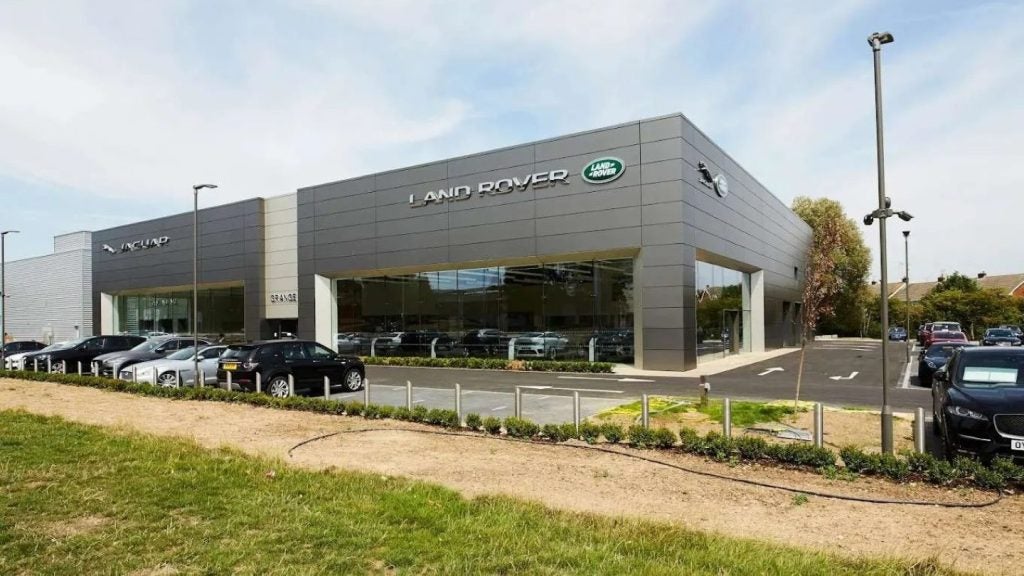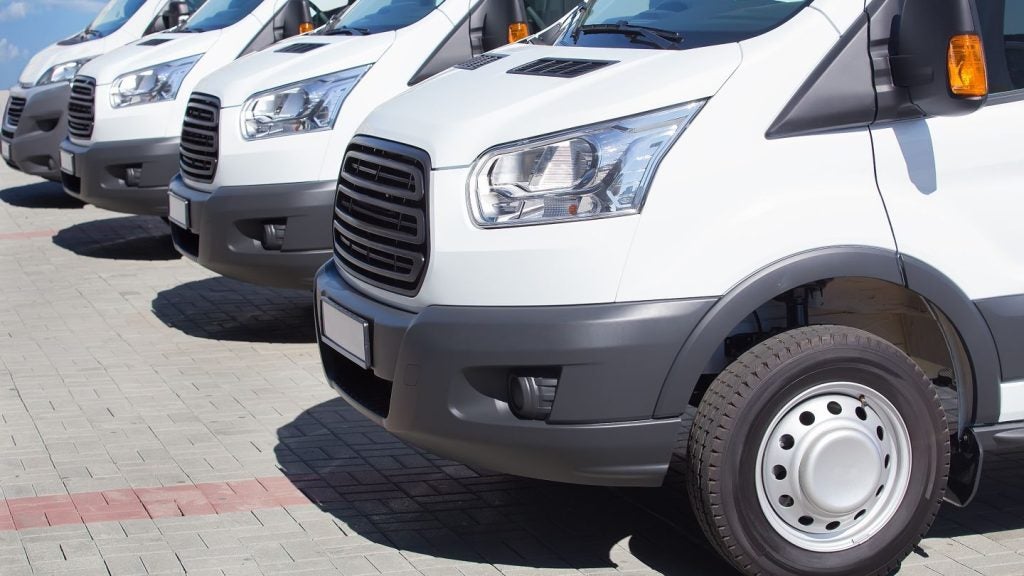The Plug-In Grant (PICG) may boost the electric vehicles (EVs) sector and help the shift away from fossil fuels, but is it enough?
This October, Boris Johnson announced a £620m investment in grants for electric cars as part of the Government’s new green investment plan. That £620m will be spent on creating a charging infrastructure through local on-street residential charging, as well as plug-in vehicle grants that provide drivers with a discount on the price of brand new, low-emission vehicles.
But while the PICG is being vaunted as a new idea in some quarters, the scheme is actually nearing its tenth anniversary. Launched in 2011, the PICG was designed to bridge the price difference between ultra-low-emission cars and their internal combustion engine counterparts. Over 300,000 claims have been made against the scheme, and £1.2bn has been paid out in that time.
However, over that decade the criteria for cars that come under the grant has been adjusted. As of 21st of October 2018, grant eligibility requires cars to have CO2 emissions of less than
50g/km and a zero-emission range of 70 miles or more. From March last year, the grant would only cover cars with an RRP below £50,000, with that coming down to £35,000 on the 18th of March this year.
In its current form, the Government PICG is a £2,500 discount that can be applied to brand-new low emission vehicles that fit these criteria. In order to receive the grant, dealers must apply to receive the difference at the point of sale, so that customers buying eligible vehicles receive the benefit automatically. Dealers who sell qualifying cars must claim the cash from OZEV after each sale is made, reducing their retail prices up front.

US Tariffs are shifting - will you react or anticipate?
Don’t let policy changes catch you off guard. Stay proactive with real-time data and expert analysis.
By GlobalDataCurrently, only full-EVs are eligible for the grant; although the legislation does not explicitly exclude hybrid vehicles, there are currently no hybrid vehicles that meet the PICG requirements. While the technology might improve, there is still a question over how much impact the grant covering hybrid vehicles would have. When hybrid vehicles were covered by the scheme, it was possible for a vehicle owner to purchase a vehicle under the grant, then operate the vehicle as a standard petrol-driven car, never taking the electrical charger equipment out of its bag.
Driving the switch
The purpose of the grant is to grow the UK’s still nascent low-emissions vehicle sector, but even now widespread take-up of EVs remains to be seen.
“The plug-in grant has a positive effect on the affordability of new battery EVs – whether outright purchased or leased,” says Kit Wisdom, operations director for Tusker.
For the uptake of EVs in the marketplace to continue, the industry will need continued government support, and the PICG on its own will not make the difference.
“It’s important to highlight that although BEV visibility and uptake has significantly increased in the last 24 months, the number of new BEV’s registered in the UK is still in its infancy and significantly behind that of its petrol and diesel cousins,” Wisdom points out. “Tusker fully supports both the government grant and the other incentives that EVs attract, including reduced Benefit in Kind (BIK) tax rates for company car drivers. Salary sacrifice is an affordable way to drive a brand-new EV, even for those on lower salaries – 35% of our orders in 2021 have come from lower rate taxpayers.”
Since April last year, company car drivers and fleet operators that choose an electric car have seen zero tax on BIK during the 2020/2021 tax year. That BIK rate will increase to 1% in the 2021/2022 tax year, and 2% in 2022/2023, a negligible amount. It makes EVs an appealing and tax-efficient option not just for fleet operators, but also for sole traders and small limited companies.
Because the grant has been in place for so long, with adjustments, it is possible to get a picture of what impact the grant has when its criteria change.
“We can see some consumer choices are based on the plug-in grant and particularly when the grant changes you see drivers steer towards plug-in vehicles that still attract the grant,” Wisdom says.
Meeting demand
There is a problem, however. While the grant might increase demand for EVs, that demand will not do much good unless there is supply to meet it, and currently the supply of new cars of any kind is at a low.
However, Wisdom is sanguine about the effect the new vehicle shortage has had so far.
“The grant doesn’t appear to have been affected by the scarcity of new EVs,” he says. “Specifically, electric registrations are significantly up year-on-year and are a higher proportion of all registrations in 2021. It looks like the grant is doing what it is designed to do.”
“The EV market is certainly gaining momentum, with an estimated 300,000 EVs on the road in the UK – 2020 alone saw 108,205 new EV registrations,” says Karen Hilton, chief commercial officer for heycar. “heycar have seen a steady increase in searches for EVs – most recently, we reported an increase this year of 51% from September to October, which was one of the highest month-on-month increases we’ve seen in 2021, potentially linked to the recent fuel shortages. What is more, we have recorded a 56% increase in EV interest year-on-year.”
The paucity of supply may lead to other issues, however. For instance, the grant technically comes into effect the day after the customer receives the car. At the moment it is not uncommon for cars ordered in November to arrive in March the following year, which can be a risk if customers don’t know whether the grant criteria will change again in the meantime.
There are also issues about whether the infrastructure exists to support the influx of new EVs, which the government’s £620m investment will hopefully address.
“The government plug-in grant is definitely helping the consideration and purchase process for EVs, but we are nowhere near where we need to be in terms of the infrastructure of charging points that are available,” Hilton says. “We cannot expect motorists to switch away from petrol and diesel if they cannot trust that there are guaranteed charging points everywhere they might want to travel.”
And while the grant is driving sales in the new car arena, there is still a question over the rest of the car’s life cycle.
“Whilst there is government support for new EVs there is no support currently for used buyers – either support on the vehicle or support for home charging,” Wisdom says. “This is an area that should be encouraged, to ensure a second and third life for these important vehicles is found.”
While alternative energy sources are still a key part of the fight against climate change, it is also essential we do not forget the benefits of reusing and recycling.







